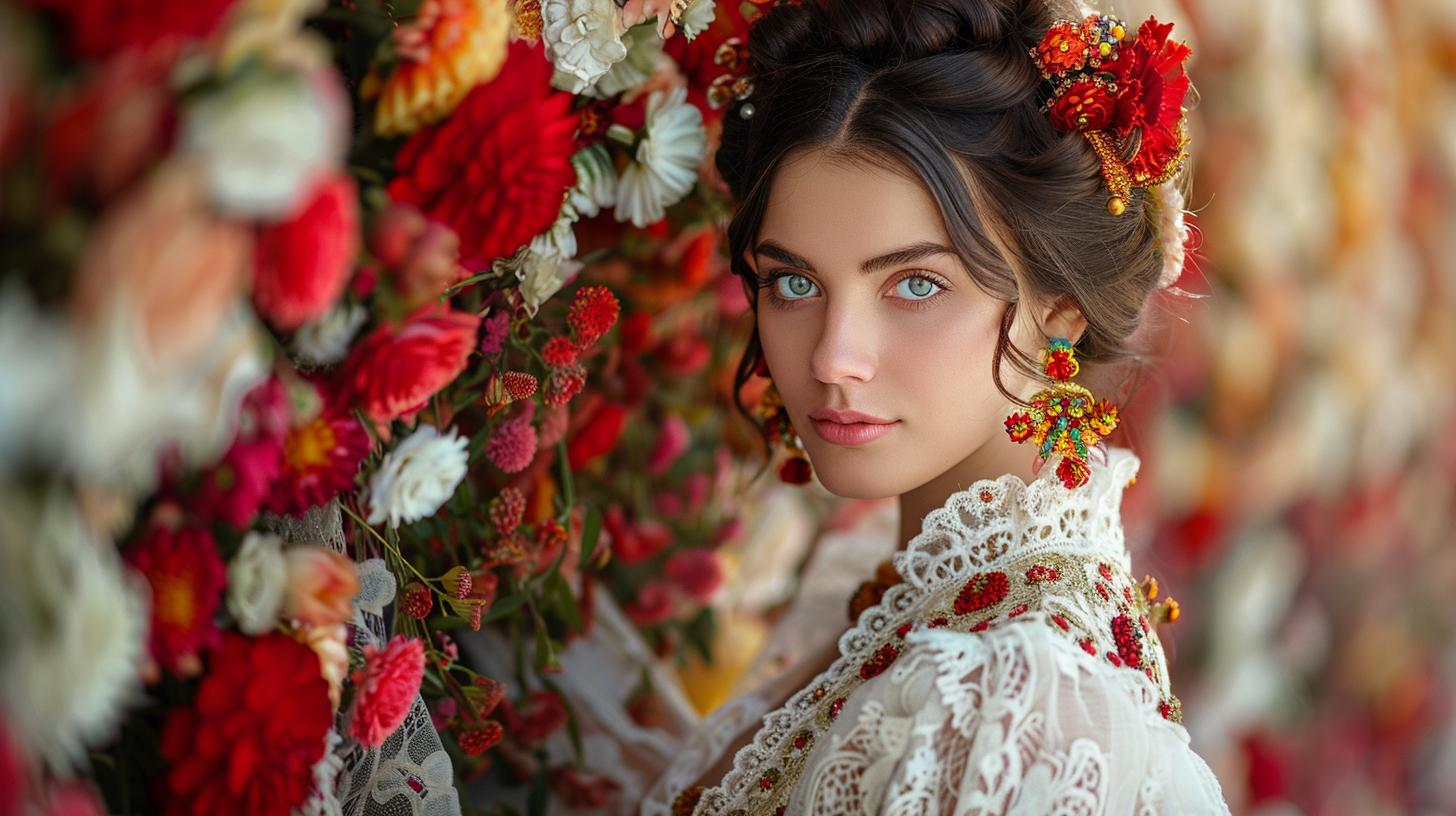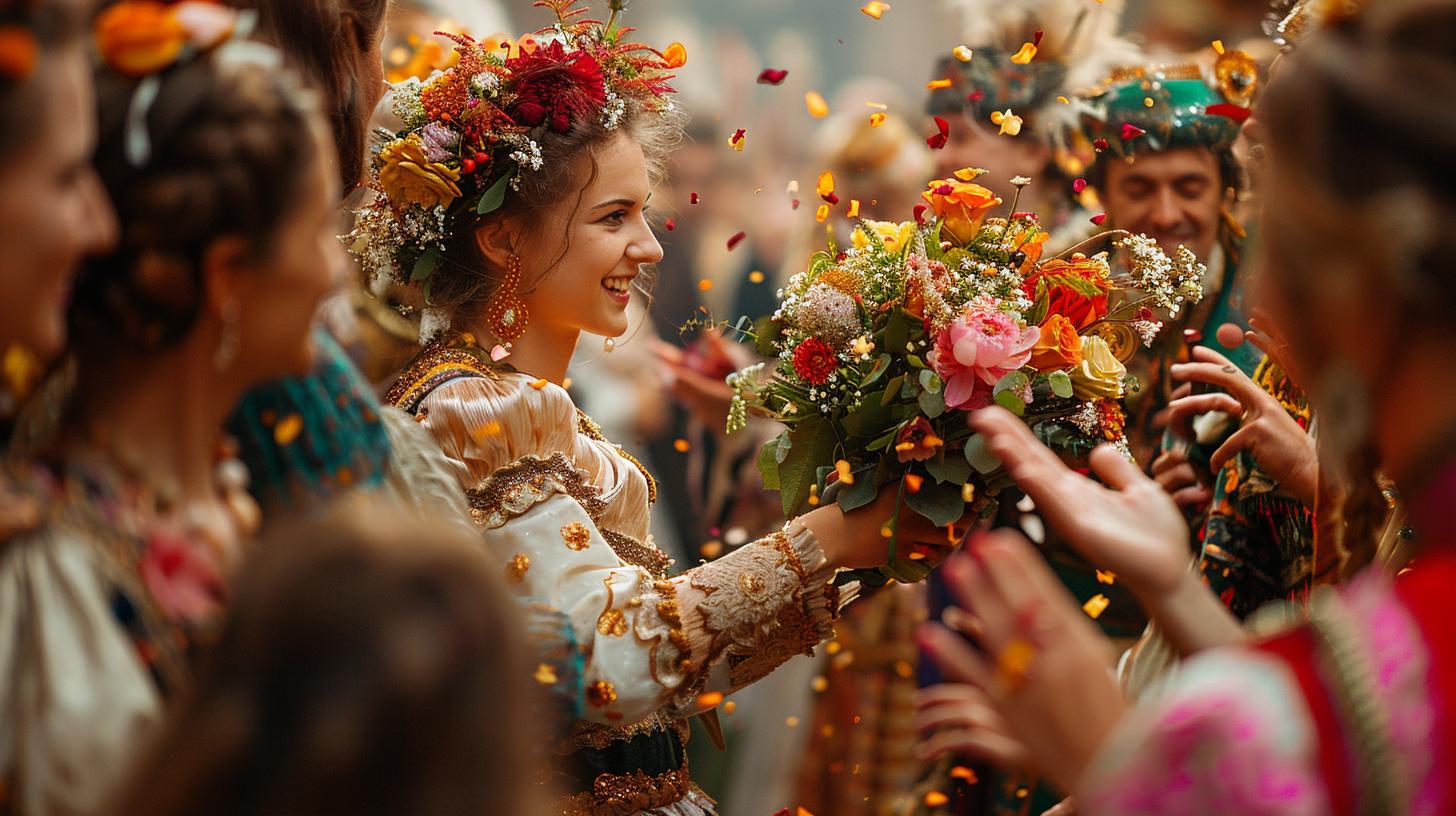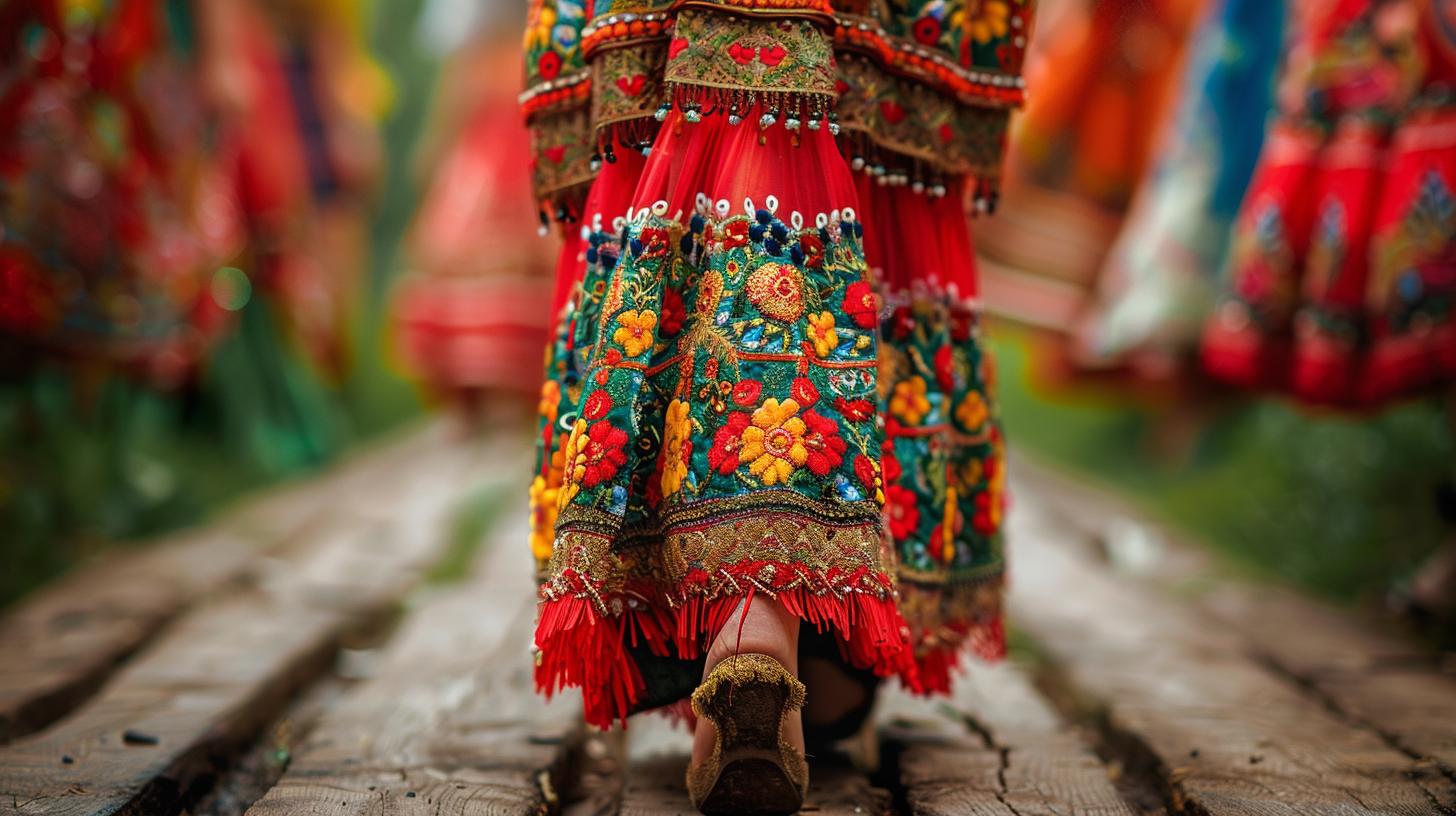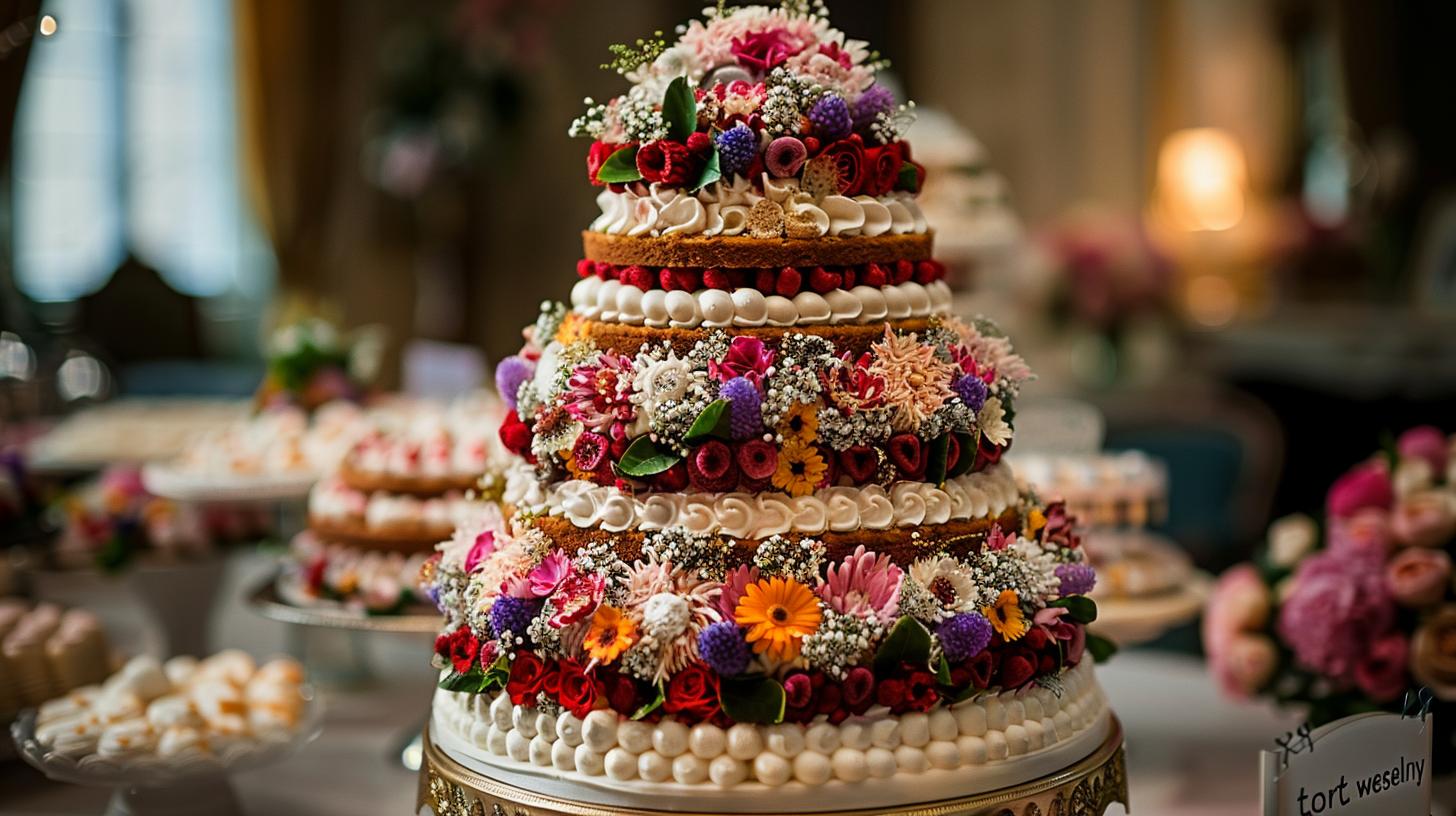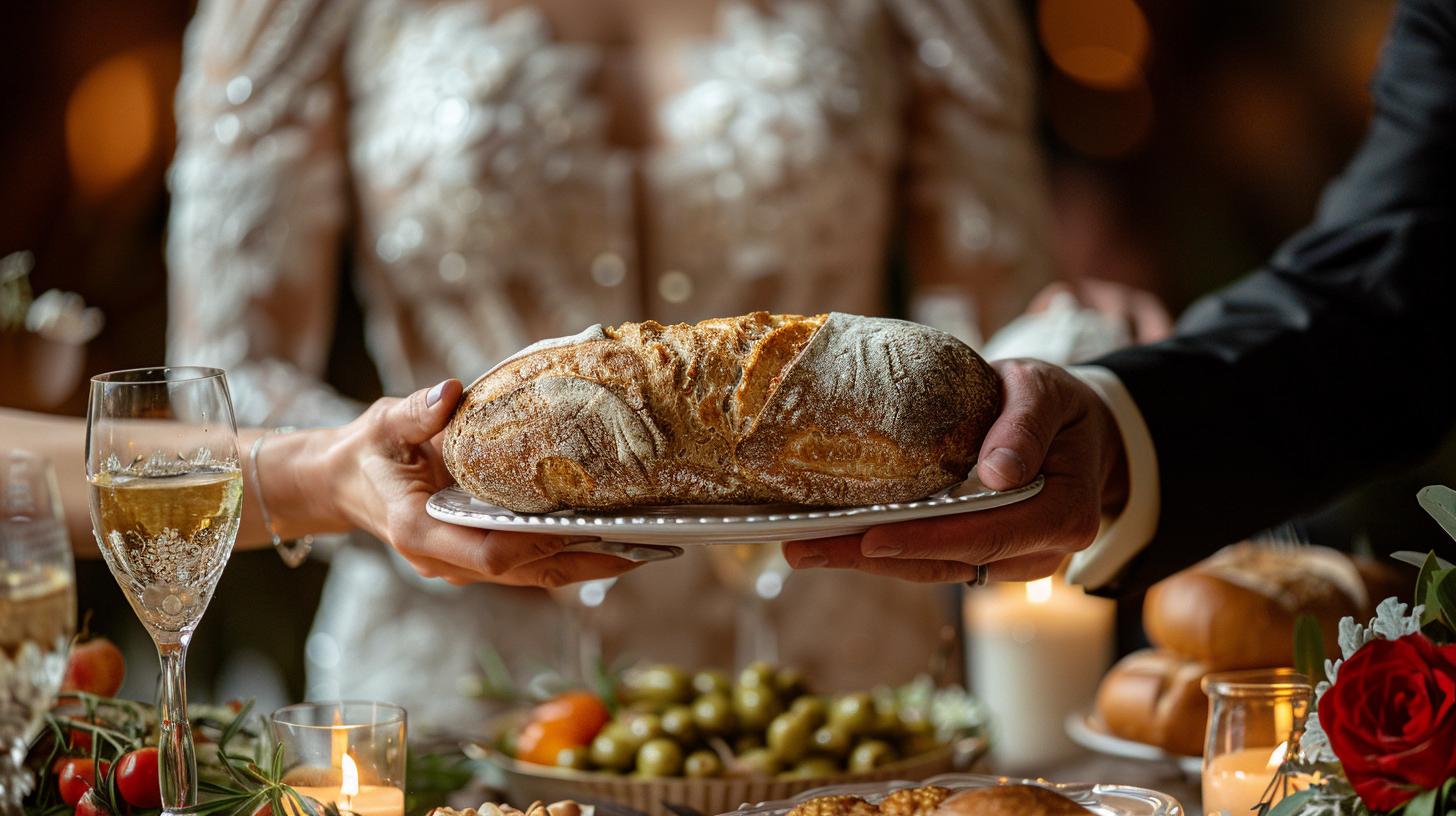Polish Wedding Traditions And Customs: A Guide to Polish Wedding Culture
Polish Wedding Traditions And Customs are an integral part of Polish culture, symbolizing meaningful rituals and symbolism throughout the wedding process. From pre-wedding ceremonies to post-celebrations, each element holds deep emotional significance.
Pre-wedding rituals like the Engagement Ceremony set the stage for the celebration, while the Wedding Attire and Church Ceremony showcase tradition and symbolism in a unique way. The Wedding Reception, with its lively entertainment and traditional food and drinks, brings everyone together to honor the couple’s union.
The Oczepiny Ceremony and Post-Wedding Celebrations further enrich the experience, making Polish weddings truly special.
List of Polish wedding tips and advices
Overview of Polish Wedding Traditions And Customs
Polish Wedding Traditions and Customs are deeply rooted in the rich cultural heritage of Poland. These traditions play a significant role in every step of the wedding journey, from pre-wedding rituals to post-wedding celebrations.
- Explore the Ceremony of Engagement where families come together to plan the upcoming marriage.
- Discover the intricate meaning behind the symbolism of Blue and White in the bride’s wedding dress.
- Experience the importance of the traditional Church Ceremony in sealing the union of the couple.
- Enjoy the lively Wedding Reception filled with music, entertainment, and traditional Polish delicacies.
- Witness the unique Oczepiny Ceremony, marking the transition of the bride from singlehood to married life.
- Indulge in the delicious traditional Polish menu and learn about the significance of vodka in wedding celebrations.
- Continue the festivities with the Poprawiny Tradition, a more intimate gathering with close friends and family.
Pre-Wedding Rituals
The Pre-Wedding Rituals in Polish culture hold significant importance in the journey towards marriage, encompassing meaningful traditions and customs.
These rituals play a crucial role in preparing for the wedding celebration.
Ceremony of Engagement
The Ceremony of Engagement marks the formal beginning of the wedding preparations, bringing together the families of the soon-to-be-married couple to discuss and plan the upcoming union. It serves as a pivotal moment for both families to bond and set the stage for the wedding festivities.
Sending Wedding Invitations
After the Ceremony of Engagement, the process of Sending Wedding Invitations begins, starting with the selection of the wedding party members who will be the first to receive these invitations. This custom extends to inviting the entire community, symbolizing the shared joy and unity in celebrating the couple’s union.
Wedding Attire and Symbolism
When it comes to Polish weddings, the attire holds significant meaning and symbolism, reflecting the rich cultural heritage of the country. The bride’s wedding dress, in particular, is a focal point of the ceremony, with specific traditions and customs surrounding its design and color.
The Bride’s Wedding Dress
The bride’s wedding dress is a symbol of purity and beauty, often featuring intricate lace details and flowing silhouettes. It is customary for the bride to wear her wedding dress only once, as wearing it multiple times may bring bad luck according to Polish superstitions.
Additionally, the bride’s dress typically incorporates elements of blue and white, symbolizing purity and marital fidelity. These colors hold deep significance in Polish culture and are meant to bring blessings of happiness and prosperity to the newlyweds.
Symbolism of Blue and White
The incorporation of blue and white in the bride’s wedding dress holds symbolic importance in Polish wedding traditions. Blue represents purity, loyalty, and faithfulness, while white symbolizes innocence and the beginning of a new chapter in the couple’s life together.
Wedding Ceremony at the Church
The wedding ceremony at the church holds a significant role in Polish weddings, as it symbolizes the spiritual union of the couple and their commitment before God and the community.
Importance of Church Ceremony
The church ceremony is a sacred and solemn occasion where the couple exchanges vows and rings in front of their loved ones, seeking blessings for a harmonious and lifelong marriage.
Traditions During the Church Ceremony
- The bride and groom traditionally enter the church together, symbolizing their equal partnership.
- Exchange of wedding vows and rings signifies the couple’s commitment and promises to each other.
- The lighting of unity candles symbolizes the unity of two individuals becoming one family.
- Receiving blessings from the priest and prayers for a happy and prosperous marriage.
Wedding Reception
At the Wedding Reception, the newlyweds share their first dance to the enchanting tunes of traditional Polish music.
First Dance and Traditional Music
- The first dance symbolizes the couple’s unity and commitment as they move gracefully to the rhythm of melodic Polish songs.
- Guests join in the celebration, forming a circle around the couple, clapping and cheering in joyous harmony.
Entertainment and Games
- To keep the festive spirit alive, lively games and activities are organized for the guests, adding laughter and excitement to the event.
- Guests participate in traditional Polish games, fostering camaraderie and creating lasting memories for the couple and attendees.
Oczepiny Ceremony
The Oczepiny Ceremony is a unique Polish wedding tradition that takes place at midnight during the wedding reception.
This ritual marks the transition of the bride from single life to married life.
- The highlight of the Oczepiny Ceremony is when the bride throws her veil to a group of unmarried women, symbolizing good luck and the passing of marital happiness to others.
- Family and friends gather around to witness this symbolic gesture and celebrate the beginning of the bride’s new journey as a married woman.
- Music and dancing typically accompany the Oczepiny Ceremony, adding to the joyful and festive atmosphere of the celebration.
This tradition holds great significance in Polish weddings, emphasizing the importance of unity, happiness, and the bride’s new role in the community.
Food and Beverages
When it comes to Polish weddings, food and beverages play a significant role in the celebration. The traditional Polish menu is a highlight, featuring a variety of delicious dishes that reflect the rich culinary heritage of the country.
Traditional Polish Menu
- Pierogi: These delicious dumplings filled with various ingredients such as potatoes, cheese, or meat are a staple of Polish cuisine.
- Bigos: Also known as “hunter’s stew,” this hearty dish contains sauerkraut, meat, and a variety of spices, creating a savory and flavorful meal.
- Zurek: A traditional soup made with fermented rye flour, served with sausage and hard-boiled eggs, providing a unique and delicious dining experience.
Significance of Vodka
Vodka is the primary beverage served at Polish weddings, symbolizing hospitality and celebration.
Guests raise their glasses in toasts to the happiness and prosperity of the newlyweds, creating a festive atmosphere throughout the reception.
Post-Wedding Celebrations
After the main wedding events, the festivities continue with the traditional Polish celebration known as Poprawiny. This intimate gathering includes close friends and family, creating a relaxed atmosphere to further celebrate the newlyweds.
Poprawiny Tradition
The Poprawiny tradition is a continuation of the wedding celebration, where the focus shifts to a more casual setting with comforting food and joyful company. It allows the couple to extend their happiness with loved ones in a more intimate setting.
Continuing Festivities with Close Friends and Family
During Poprawiny, the couple can enjoy quality time with their cherished friends and family members, sharing stories, laughter, and perhaps some more traditional Polish dishes. The atmosphere is less formal than the wedding reception, creating a warm and inviting environment.
….

